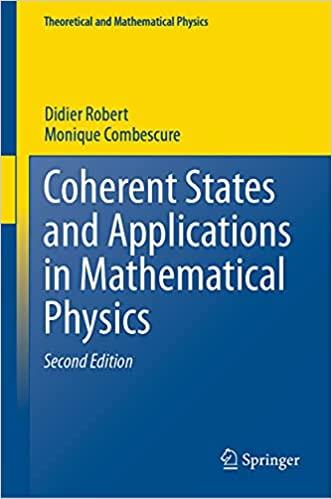Question
A cylinder with a moment of inertia III (about its axis of symmetry), mass m, and radius r has a massless string wrapped around it
A cylinder with a moment of inertia III (about its axis of symmetry), mass m, and radius r has a massless string wrapped around it which is tied to the ceiling (Figure 1).
At time t=0 the cylinder is released from rest at height h above the ground. Use g for the magnitude of the acceleration of gravity. Assume that the string does not slip on the cylinder. Let v represent the instantaneous velocity of the center of mass of the cylinder, and let ? represent the instantaneous angular velocity of the cylinder about its center of mass. Note that there are no horizontal forces present, so for this problem v=?vj^ and ?=??k^.
A. The string constrains the rotational and translational motion of the falling cylinder, given that it doesn't slip. What is the relationship between the magnitude of the angular velocity ? and that of the velocity v of the center of mass of the cylinder? Express ? in terms of v and r.
B. Now return to the original cylinder. Using Newton's 2nd law, complete the equation of motion in the vertical direction j^ that describes the translational motion of the cylinder. Express your answer in terms of the tension T in the vertical section of string, m, and g; a positive answer indicates an upward acceleration.
C. Using the equation of rotational motion and the definition of torque ? = r * F, complete the equation of rotational motion of the cylinder about its center of mass. Your answer should include the tension T in the vertical section of string and the radius r. A positive answer indicates a counterclockwise torque about the center of mass (in the k^ unit direction).
D. In other parts of this problem expressions have been found for the vertical acceleration of the cylinder ay and the angular acceleration ? of the cylinder in the k^ direction; both expressions include an unknown variable, namely, the tension T in the vertical section of string. The string constrains the rotational and vertical motions, providing a third equation relating ay and ?. Solve these three equations to find the vertical acceleration, ay, of the center of mass of the cylinder. Express ay in terms of g, m, r, and I; a positive answer indicates upward acceleration.

Step by Step Solution
There are 3 Steps involved in it
Step: 1

Get Instant Access to Expert-Tailored Solutions
See step-by-step solutions with expert insights and AI powered tools for academic success
Step: 2

Step: 3

Ace Your Homework with AI
Get the answers you need in no time with our AI-driven, step-by-step assistance
Get Started


